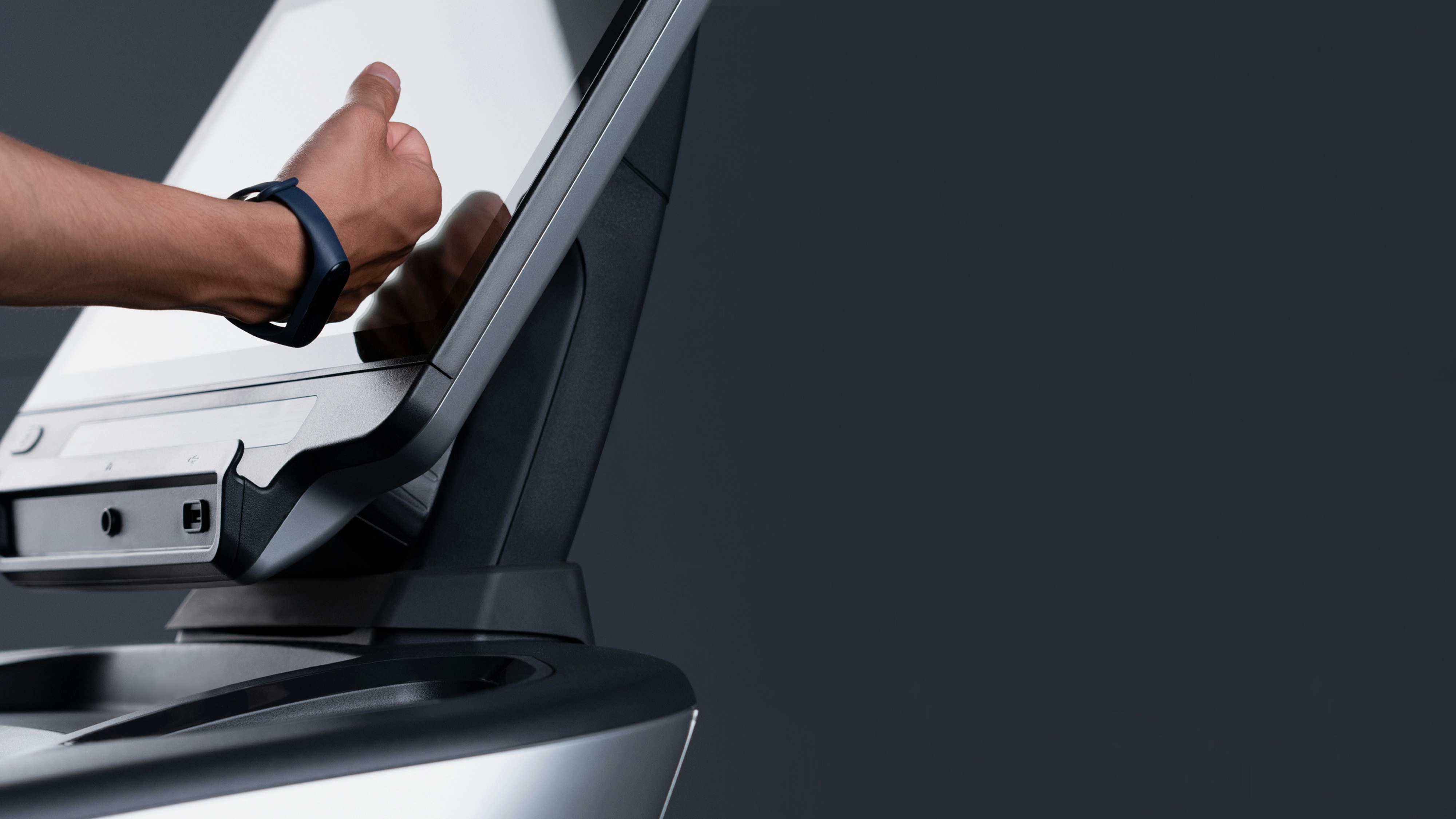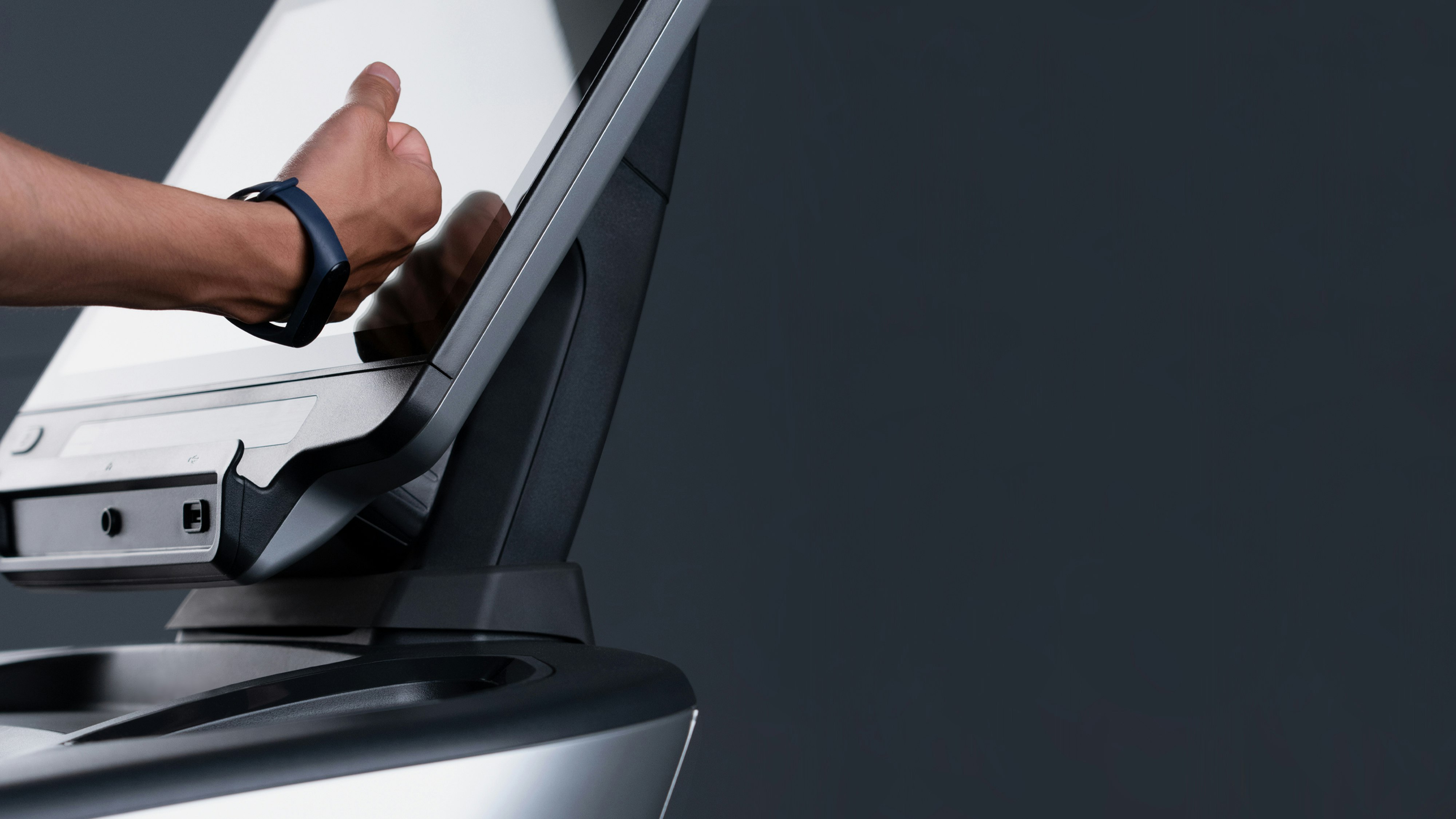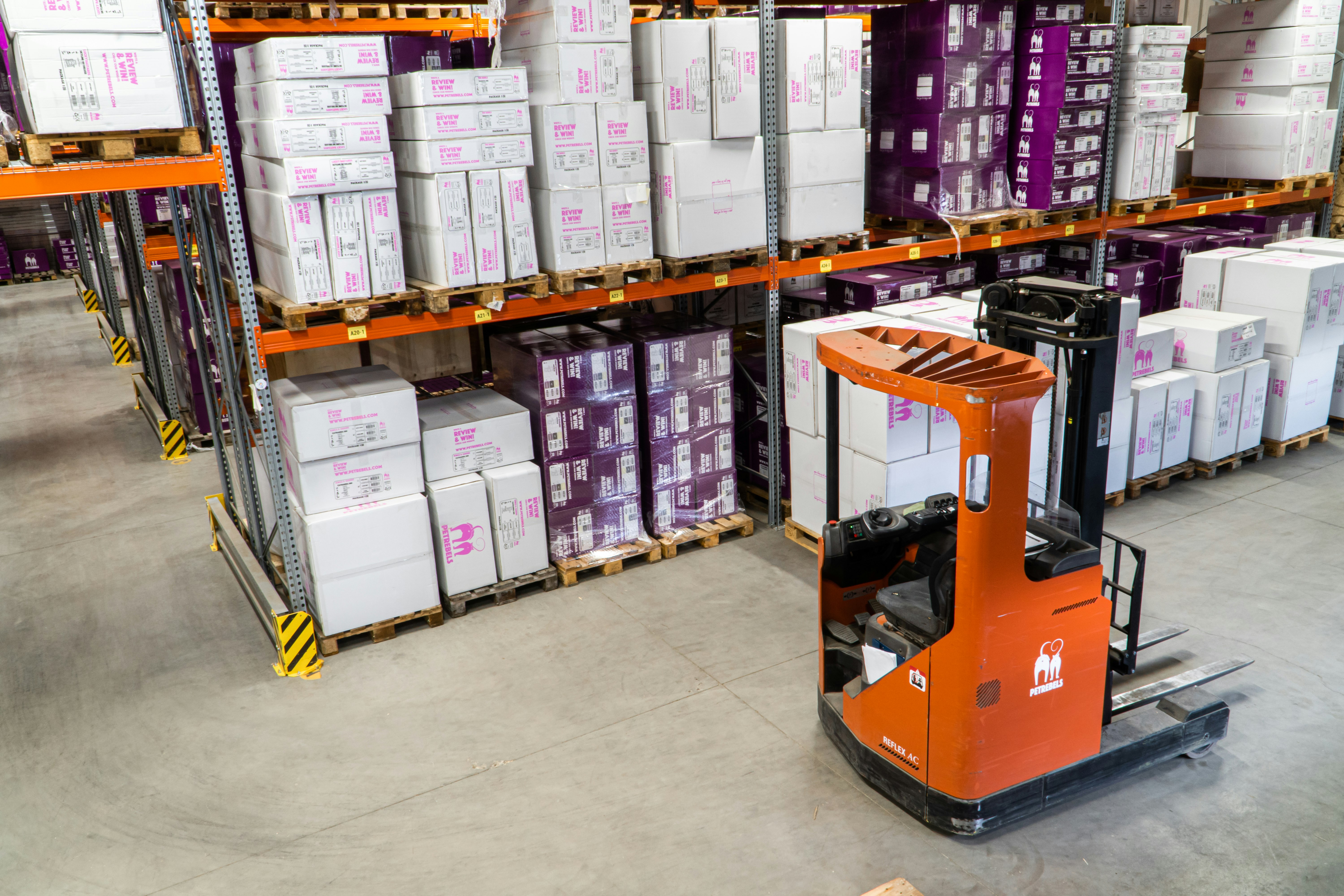Enter outbound shipment tracking, a process of notifying a retailer where a package is at any point once the order has been fulfilled until it has reached its end point. The problem is that many companies aren’t doing it. The reason is that some simply don’t have a handle on managing the process, they don’t realize there’s an issue with a lost parcel or “some are strictly relying on a carrier’s portal to get visibility on routing and have no need for receiving data within their own systems for this,” says Scott Bolduc, senior supply chain strategist at SPS Commerce, a provider of on-demand supply chain management products.
But there are early adopters. Take the case of a well-known supplemental nutrition distributor. Its outbound shipments are packed in totes with a unique number that is provided to a third-party carrier so it can track the status of those deliveries, observes Bolduc. The totes are often delivered to downtown locations and are left on the street, and the products are considered “hot,” so the retailer is trying to keep shrinkage and stealing down, he explains. A manifest report goes to the carrier detailing the movement of the shipment and the carriers are expected to report back on status of that delivery to the retailer with the pre-assigned number, Bolduc says.
In order for that to happen, the carrier brings the tote to one of its terminals, unloads it, reloads and puts the tote onto a trailer and every time the tote switches to another truck, the carrier is asked to provide a status and keep reporting that status change until the tote is delivered to the end destination, he says. The retailer is notified through an EDI shipment message known as EDI 214, Bolduc says.
But Bolduc says this type of granular tracking doesn’t happen very often. “The issue is a lot of companies haven’t adopted these scenarios and we’re seeing a trend where they’re starting to realize that they should be doing a better job tracking their outbound shipments,’’ says Bolduc. “So they’re starting to ask their partners’ carriers [to do the tracking], in this case by providing EDI files and referencing the numbers assigned to a box or tote.” Some retailers are starting to ask carriers to track the final deliveries throughout the lifecycle of the shipment of that package, he says.
Another example of outbound shipment tracking is in the case of orders that are sent to the end consumer out of a retailer’s distribution center. Sporting goods retailer Cabela’s is one example of a company doing this, he says. When the company ships goods to a customer who placed an order online, it is fulfilled from its own distribution center. “In that scenario the next day, likely, the warehouse personnel are filling the orders and putting labels with a barcode on the box, and as they load up the trailer in their lots they either bring it to the carrier or the carrier comes and drops off an empty one for them to fill up again.”
Similar to the previous example, there’s a manifest delivered to the carrier saying how many boxes there are and a tracking number Cabela’s system has assigned to that box to be delivered to a consumer, he says, just like if a UPS or Fedex were doing the shipping. The difference is that instead of the carrier assigning a number the retailer does, Bolduc notes.
“When the truck gets full they report to the carrier in this manifest that ‘Here’s the shipment with the tracking number of that package.’ These are common carriers so they rarely use their own truck.” In this case, the carrier is being asked to track the delivery of goods to the final destination -- right to the consumer.
In yet another example, a supplier may be shipping to a retailer’s customer, in an instance known as drop ship. When a retailer asks a supplier to ship to the retailer’s customer, in some cases the supplier is working with a carrier like UPS on behalf of the retailer to get the items to the customer, so a number is again assigned to that package. “In this case it might be three or four boxes and UPS picks up the boxes and goes on their way to the end delivery point, and again, carriers are asked to provide a status to both the retailer and supplier for tracking that delivery,” also by providing an EDI 214, he says.
The ROI for the retailer is that this makes the carriers more responsible and accountable for tracking the package from beginning to end, Bolduc says, which can cut down on how many times they lose packages because “they’re being watched.” Since the retailer is asking the carrier to provide the EDI 214s, it means they’re losing fewer products, and there are fewer claims being filed.
“If you’re a really smart carrier … and you offer that service and your partners can provide an electronic file representing everything put in that trailer, you can raise your hand and say ‘I have that capability and … I’m adding value and my competitors haven’t gotten there yet.’”



















